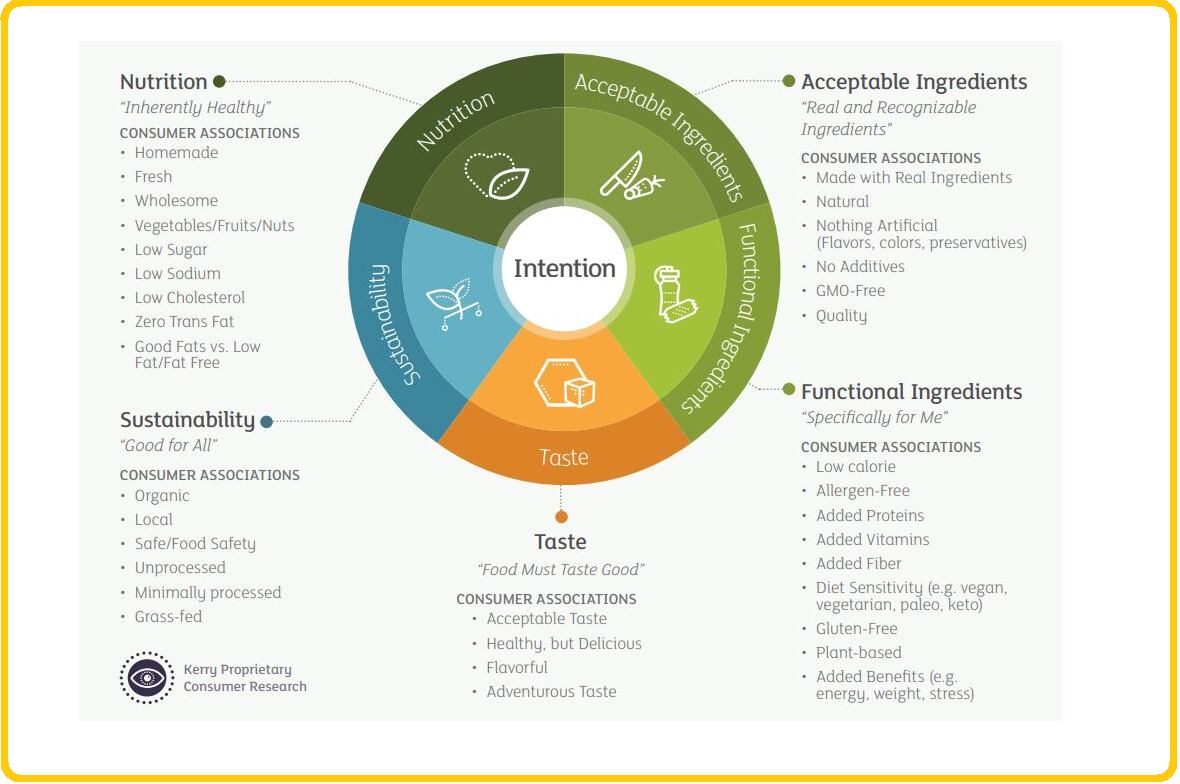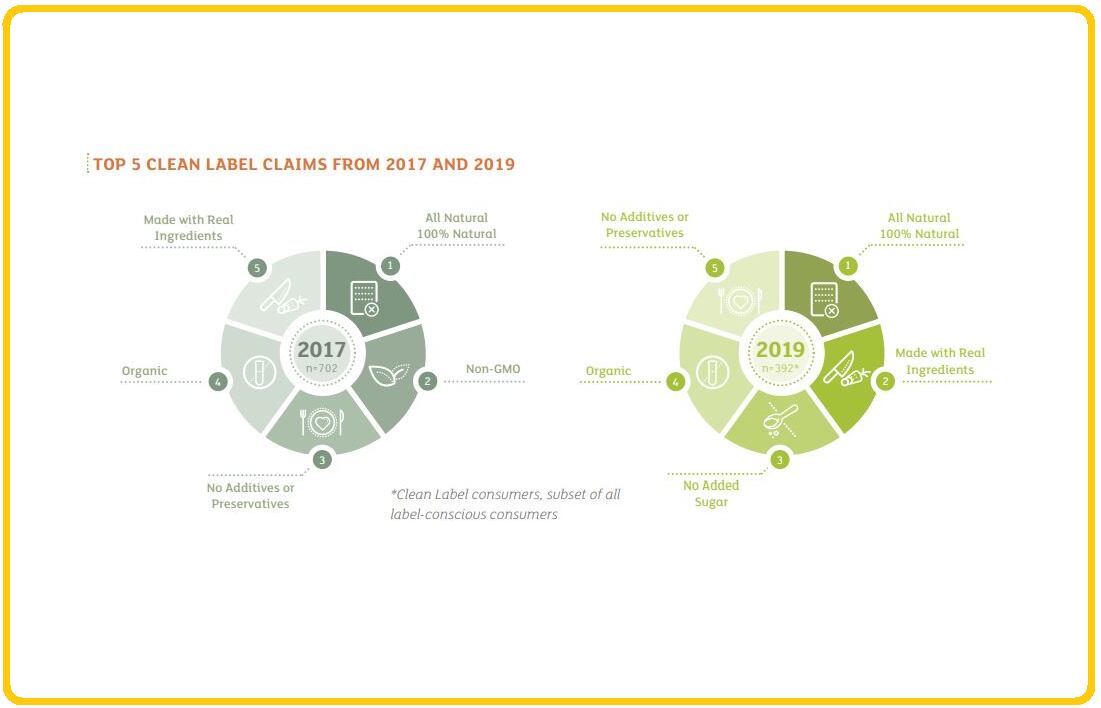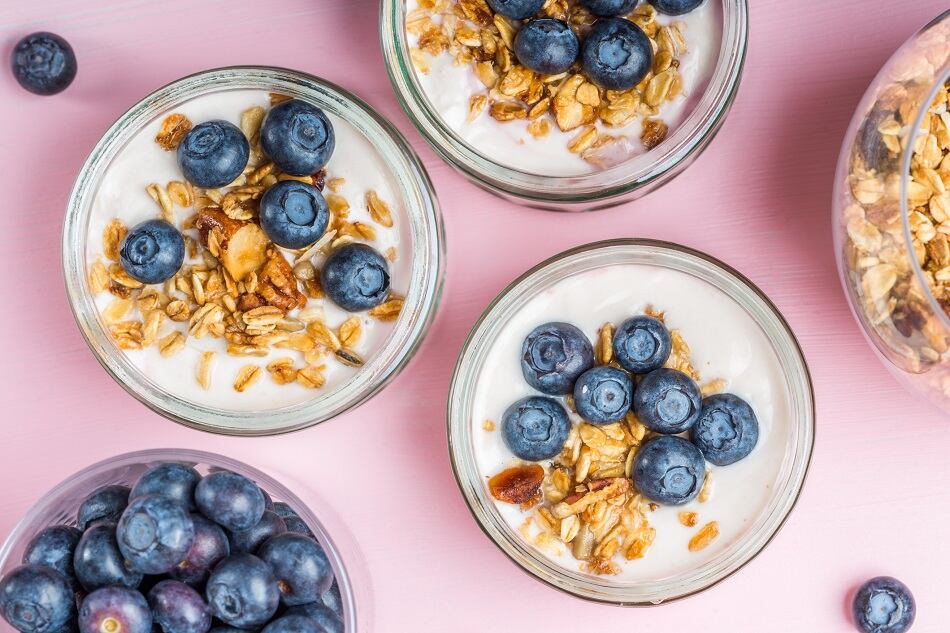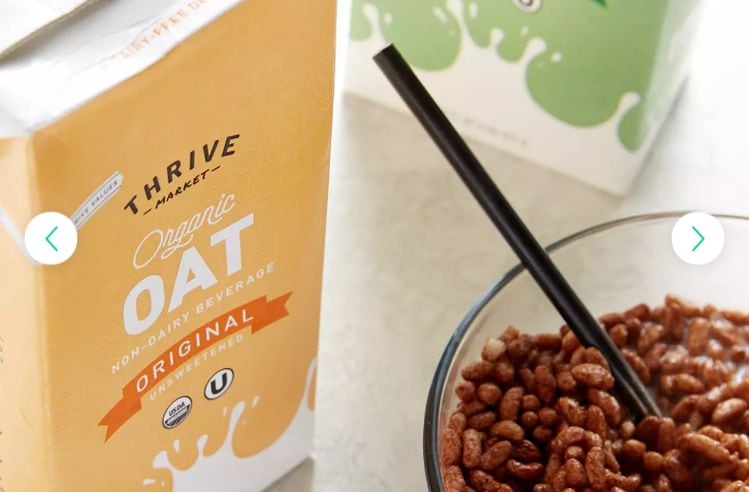This is Kerry’s update to its 2017 Clean Label Study, which studied over 700 US consumers who said they read product labels, nutrition facts, and ingredient declarations. In its 2019 Clean Label Study, Kerry surveyed 2,100 US consumers who described themselves as ingredient and nutrient conscious.
Kerry found that 60% of consumers say they are familiar with clean label and 44% say clean label is important to them. More than three-quarters (76%) of foodservice consumers say clean label foods are healthier than traditional foods.
“Clean label, once a differentiator and trend, is now a table-stake and an expectation from consumers. While the gravity of clean label and its subsequent attributes differ by the food or beverage in focus, its importance among consumers has only been compounding over the years,” said Soumya Nair, director of marketing insights at Kerry.
According to its 2019 Clean Label report, Kerry found that consumers have started to question the presence of product claims, certifications, and ingredients in order to understand their impact on overall health.
“As a result, the understanding and relevance of clean label has become more nuanced,” Kerry noted in the report.

The importance of Non-GMO has declined
Kerry measured more than 35 product claims, 77 menu claims, and 164 ingredients across consumer generations.
Consumers may be searching for simpler ingredient decks, but they also want their food and beverages to deliver functional benefits such as cognitive health, gut health, stress management, energy, sleep aid, and others. According to Kerry’s research, 51% of US consumers have weight and stress as their top health concerns, followed by energy and sleep.
Consumers are shifting their focus to 'real' ingredients that connote fresh, wholesome, and unprocessed in food and beverages. Meanwhile, the importance of Non-GMO has declined, while the ‘made with real ingredients’ claim has risen in significance.
Products containing ‘made with real’ claims have grown 54% between 2016 and 2018,6 and the ‘real’ claim on fast casual menus has grown 12% since 2016.. For example, the ‘made with real cheese’ claim grew over 20% between 2016 and 2018 on new retail product launches.
“The consistent growth in focus toward ‘functional and real’ has led to a crescendo moment for the industry, beckoning a new foundation for the future of food and beverages,” noted Kerry.
Along with health, real and recognizable ingredient, and functional benefits, consumers expect clean label and nutrition-focused food and beverage product to taste good, added Kerry.

New framework of clean label emerges
The focus on elimination of ‘negatives’ (such as sugar, sodium, cholesterol, and fat) continues to gain priority among consumers, and the addition of ‘positives’ such as protein, vitamins, and fiber remains consistent, according to Kerry’s research.
“Sugar continues to be a big priority for US consumers, with a focus on both the content of sugar in the product and the ‘No Added Sugar’ claim on the package. However, among younger consumers, the focus is not only on content of sugar but the source of sweetener as well,” noted Kerry.
Kerry’s consumer research found that millennials focus on added nutritional benefits such as protein, vitamins, and minerals, while baby boomers focus on the elimination of sugar, sodium, and fat.
As a result, 65% consumers are not only looking for the elimination of unrecognizable and artificial ingredients but the addition of ‘purposeful ingredients’ that deliver added functional benefits.
The top five ingredients perceived to deliver functional benefits include: Omega-3 fatty acids/DHA, green tea, honey, coffee, and probiotics.
Regardless of generation and age group, consumers are reading nutrition label and ingredient decks with closer scrutiny, and need food and beverage manufacturers to provide them with detailed information.
In fact, 49% of consumers say there is not enough information on product packaging to help them meet their dietary needs or lifestyle preferences. Additionally, 75% of consumers said they are willing to switch from their usual brand to one that provides more in-depth product information.




